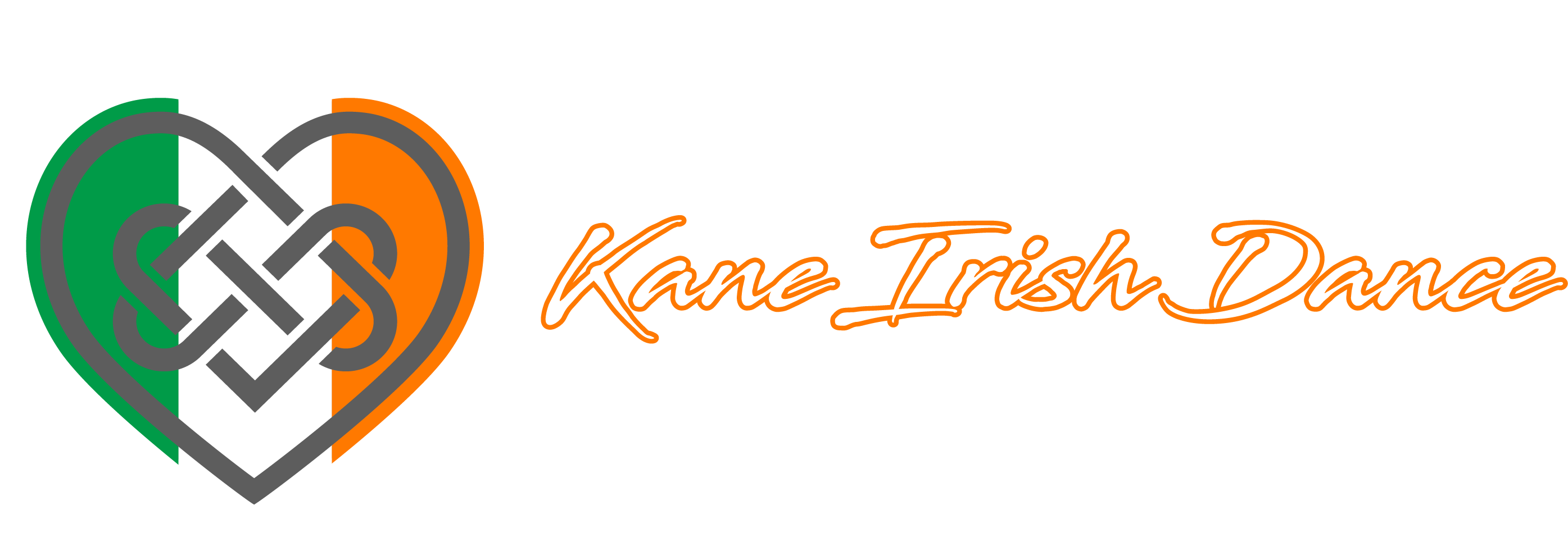[ad_1]
The Rich History of Irish Dance: Tracing the Roots of a Time-Honored Tradition
Irish dance has a long and rich history that has been passed down through generations, captivating audiences with its intricate footwork, lively music, and vibrant costumes. From its humble beginnings to its worldwide popularity today, Irish dance has evolved and persevered, leaving a lasting impact on the world of dance and culture. Let’s take a closer look at the fascinating history of Irish dance, tracing its roots and understanding its enduring legacy.
The Origins of Irish Dance
The origins of Irish dance can be traced back to the ancient Celts, who inhabited Ireland over 2,000 years ago. Dancing was an integral part of Celtic society, with rituals, celebrations, and social gatherings often accompanied by music and dance. The Celts believed that dancing had spiritual and social significance, and it was deeply intertwined with their culture and traditions.
One of the earliest forms of Irish dance, called “Rince Foirne,” was a group dance performed in a circular formation. Dancers would move together in a coordinated pattern, emphasizing precise footwork and rhythmic movements. This communal style of dance reflected the close-knit nature of Celtic communities and the importance of shared experiences and traditions.
The Influence of Christian Monasteries
With the spread of Christianity in Ireland, dance underwent a transformation as religious influence began to shape the expression of movement and music. Monasteries played a significant role in preserving and promoting Irish dance, incorporating it into religious ceremonies and festivities. Monks and nuns became custodians of dance, safeguarding its traditions and passing them on to future generations.
During this time, a new form of Irish dance emerged, known as “soft shoe” or “ghillie” dancing. This style focused on graceful, flowing movements and was often performed in religious settings to celebrate important events and holidays. Soft shoe dancing would later evolve into the intricate and dynamic style of dance we see today.
The Evolution of Irish Dance
As Ireland’s history unfolded, so too did the evolution of Irish dance. The 18th and 19th centuries saw significant changes in Irish society, influencing the development of dance as a form of cultural expression. During this time, the “jig” became synonymous with Irish dance, characterized by its quick, lively steps and infectious energy.
Irish dance also adopted elements from other cultural traditions, such as the influence of French ballet and the interplay between Irish and Scottish dance styles. This fusion of different influences contributed to the rich tapestry of Irish dance, adding depth and diversity to its repertoire of movements and techniques.
The Rise of Competitive Irish Dance
One of the most significant developments in the history of Irish dance was the emergence of competitive dancing competitions, known as “feiseanna.” These events became a driving force for the advancement of Irish dance, shaping its technical elements and fostering a sense of camaraderie among dancers and enthusiasts.
- Competitors are judged on their precision, timing, and posture, as well as their ability to convey emotion and storytelling through their movements.
- Feiseanna have become an integral part of Irish dance culture, providing a platform for dancers to showcase their skills and passion for the art form.
The Global Impact of Irish Dance
Irish dance has transcended borders and captivated audiences around the world, cementing its status as a celebrated cultural phenomenon. The 20th century witnessed a resurgence of interest in Irish dance, fueled by the preservation efforts of organizations such as An Coimisiún le Rincí Gaelacha (The Irish Dancing Commission) and the widespread popularity of productions like Riverdance and Lord of the Dance.
Today, Irish dance continues to thrive as a beloved art form, inspiring countless individuals to embrace its traditions and contribute to its ongoing legacy. From local dance schools to international competitions, the spirit of Irish dance lives on, connecting people from diverse backgrounds and uniting them through the universal language of movement and music.
A Time-Honored Tradition
The rich history of Irish dance is a testament to the resilience and endurance of a cultural tradition that has stood the test of time. Its origins rooted in ancient rituals and its evolution shaped by centuries of social and historical change, Irish dance remains a cherished expression of Ireland’s heritage and identity.
As we continue to celebrate the artistry and passion of Irish dance, we honor the centuries-old legacy that has shaped this beloved tradition. From its humble beginnings to its global impact, Irish dance stands as a shining example of the power of cultural heritage to transcend boundaries and inspire the world.
Conclusion
In conclusion, the rich history of Irish dance is a vibrant tapestry of tradition, innovation, and enduring spirit. From its ancient Celtic roots to its modern-day prominence, Irish dance has evolved and adapted to the changing tides of history, leaving an indelible mark on the world of dance and culture. As we look to the future, let us continue to celebrate and uphold the legacy of Irish dance, ensuring that its timeless beauty and artistry continue to inspire generations to come.
[ad_2]
